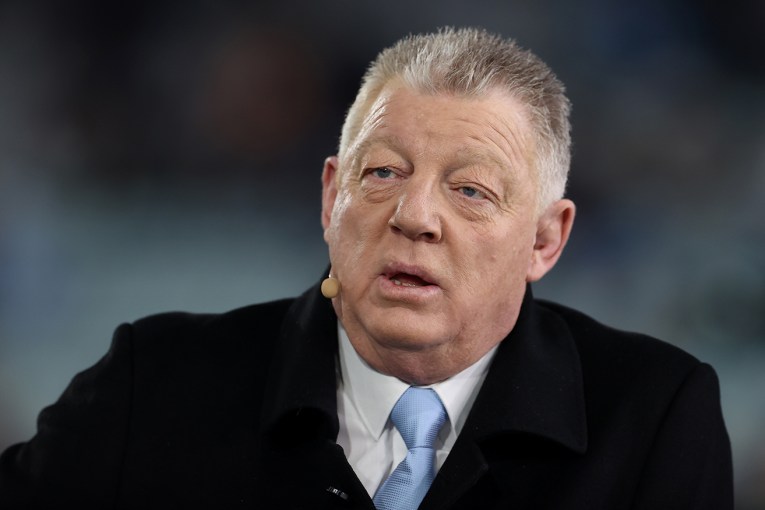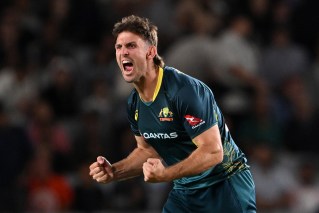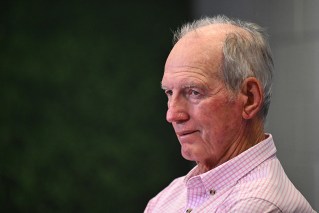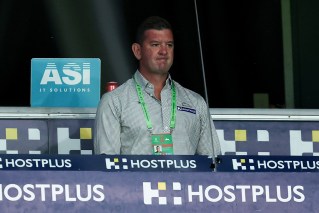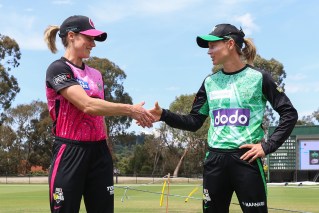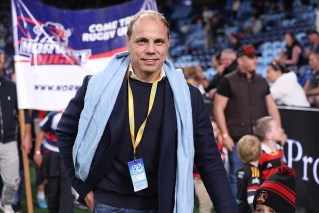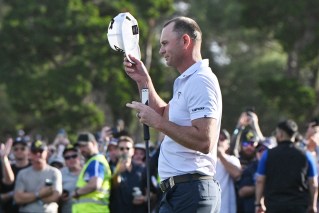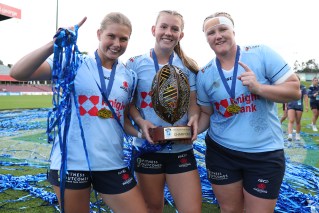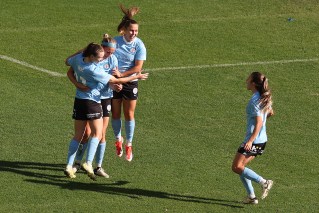Junior sports concussion protocol welcomed by parents, clubs and experts

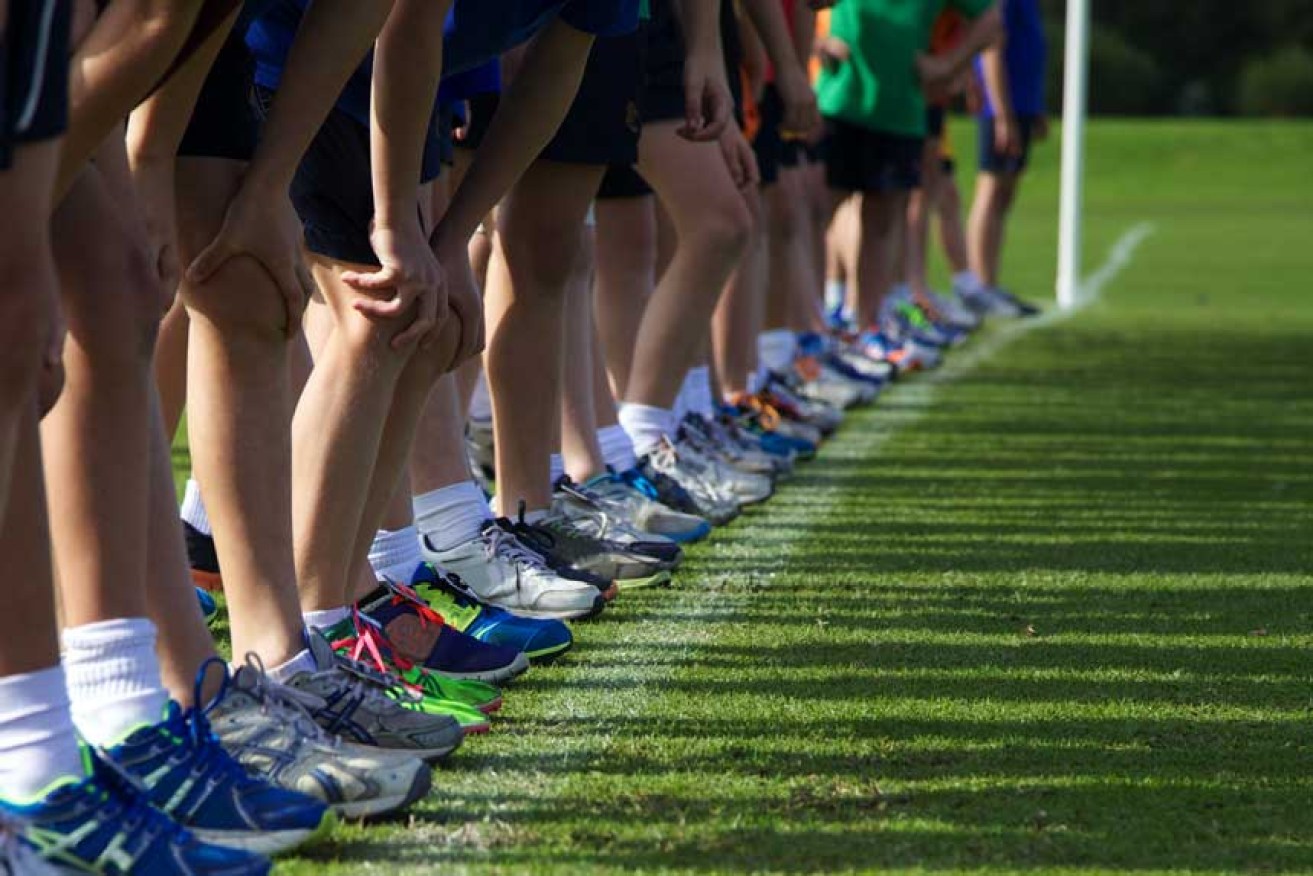
The AIS has released new concussion protocols for young athletes. Photo: Shutterstock
Sporting clubs, experts and politicians have welcomed new concussion protocols as a move to protect young athletes from adverse health effects.
The protocol developed by the Australian Institute of Sport (AIS) consists of two major recommendations: People aged under 19 need to be symptom-free after a concussion for 14 days before returning to contact training, and 21 days before returning to competitive sport.
Annette Maloney, president of the Port Colts Junior Football Club, said while the club and the junior football league already have stringent concussion guidelines, she welcomed the changes.
“As a parent myself, I’ll always go with the experts,” she said.
“Anything that protects players and ensures they are OK is a good thing. It is only a game.”
She said players at the club already have to produce a doctor’s note and have 14 days off from playing before returning from a concussion.
“We’ve had a few children severely impacted by concussions and the effects are ongoing,” Maloney said.
“Some parents want protective headgear, but the research is inconclusive.”
The protocol also recommends that clubs and schools introduce a concussion officer – similar to a fire warden – to oversee the management of the issue.
Dr David Hughes, chief medical officer at the AIS, said the protocol provides all sporting clubs and Australians with a clear and consistent message on how to manage concussions.
“It’s important to manage all instances of concussion with an abundance of caution,” he said.
“A conservative management approach is needed for people aged under 19 who have growing brains and are at risk of prolonged recovery times, as well as for community sport where advanced health care support is often not available.”
Welcome advice
The United Kingdom and New Zealand have adopted similar measures and protocols for junior athletes, and Health Minister Mark Butler said he welcomed the advice from the AIS.
“I remember riding the boundary when my young son was playing AFL and by the time they get to 13 or 14, they’re pretty big units and they hit each other pretty hard,” he told ABC Radio.
“I welcome the fact that I think about 30 national sporting bodies have agreed to take up this advice.”
Professional athletes have spoken about the long-term effects of repeated concussions in recent years, while a greater understanding of chronic traumatic encephalopathy (CTE) has encouraged a push for more protection of the brain in sports.
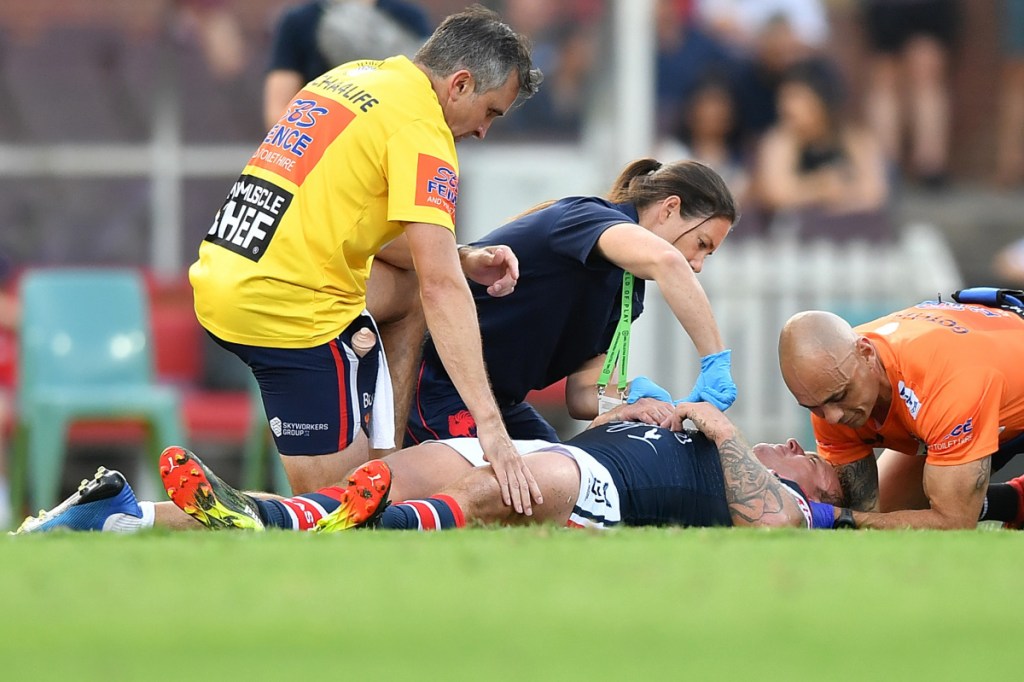
Recognition of concussions and brain injuries has become more common in recent years. Photo: AAP
Dr Anne Webster, shadow assistant minister for regional health, said she was “very concerned how these recommendations may impact the future of country sport” if they aren’t implemented properly by sporting codes.
“Junior sports fans and families are seeing concussion taken seriously, and what we need are clear steps on how head-high contact will be managed and how the game will change at a local level, especially for juniors,” she said.
“The last thing we want is people dropping out of sport, clubs folding and the social fabric of regional communities, already torn during the pandemic, ripped to shreds.”
Recognising a concussion
The protocol also includes a guide on how to recognise concussion and how to manage the injury in the short and long term.
Headaches, balance problems, blurred vision, sadness and difficulty concentrating are just a few of the 20 signs and symptoms associated with concussions.
It also states that those who suffer from multiple concussions within a short period should be managed more conservatively and be assessed by specialists with experience in handling concussions.
“Multiple concussions can be a minimum of two concussions within three months, or a minimum of three concussions in 12 months,” the protocol states.
“A recommended starting point for return to sport after second concussion within three months, would be 28 days symptom-free before return to contact training and a minimum of six weeks from the time of the most recent concussion until return to competitive contact.”
